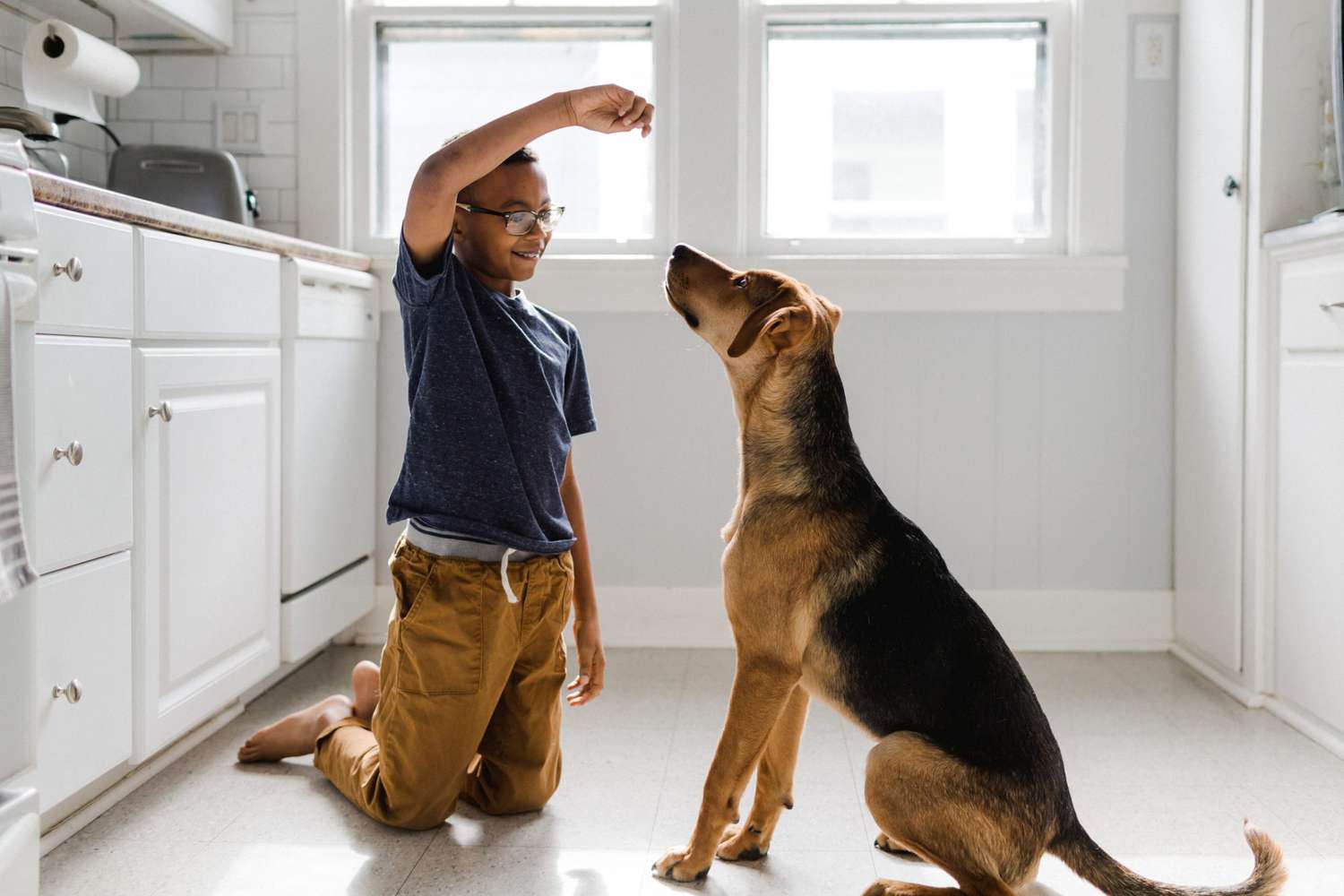Introduction:
Commands are more than just words we use to direct our pets; they’re pathways to deeper understanding, communication, and mental engagement. Teaching tricks and commands to our furry companions isn’t just about entertainment—it’s about providing valuable mental stimulation and enrichment that can enhance their overall well-being. In this comprehensive guide, we’ll delve into a variety of engaging activities and training techniques designed to stimulate your pet’s mind, strengthen your bond, and unlock their full potential.
Along with being a great way to spend time together, training your pet offers important brain stimulation and enrichment. You may bolster your relationship with your pet, engage their brains, and reap the benefits of having a well-behaved and psychologically content friend by introducing these stimulating activities, commands and training methods into your daily routine.
Commence with the fundamental commands:
Start by teaching your pet the fundamental instructions, which include come, sit, stay, and down. The basis for more complex maneuvers and actions is laid by these basic instructions. Treats, love, and praise are examples of positive reinforcement strategies that may be used to encourage and recognize your pet for obeying instructions.
Employ Clicker Training
A well-liked and successful technique for teaching dogs new skills is clicker training. Your pet receives a treat once the clicker indicates that they have completed the required behavior. Pets’ learning process is accelerated when the clicker sound is consistently paired with treats because they quickly come to link the click with positive reinforcement
Divide Up the Work Into Small Steps:
Trick training should be broken down into smaller, more doable steps to avoid overwhelming your pet. If you want to teach your dog to roll over, for instance, first praise them for lying down. Then, gently commands or lead them into the roll-over position, praising each small step they take toward mastering the entire feat.
Incorporate Interactive Toys and Props:
To make training more dynamic and exciting for your pet, use interactive toys and accessories in the lessons. Use a target stick or agility equipment, for example, to lead your pet through obstacle courses. You can also add puzzle toys to help your pet learn problem-solving techniques while rewarding good commands.
Have Consistency and Be Patient:
The secret to effective training is persistence and patience. Recognize that every pet learns differently and that learning takes time. Keep a cheerful disposition and try not to get frustrated during the training process. Your pet will gain confidence and learn desirable habits with consistent practice and reinforcement.
Provide Novelty and Variability:
Provide your pet with a range of commands and mentally stimulating exercises to keep training sessions engaging. To keep training sessions interesting and minimize boredom, progressively introduce new behaviors and tricks. Novelty piques your pet’s interest and keeps them actively participating in the training process.
Conclude on a Good Note:
Regardless matter how far you get, always conclude a training session with a pleasant attitude. Reward your pet’s efforts with praise, rewards, or playtime to help them feel proud of their achievements and excited for the next training session. Bringing training to a successful conclusion enhances the relationship between you and your pet and promotes a favorable attachment with it.
Conclusion:
Training your pet is more than just teaching them new skills; it’s also about building a stronger bond, improving their cognitive function, and improving their quality of life. Together with mental stimulation, you may strengthen the link between you and your pet by implementing these interactive exercises and training methods into your daily routine. This bond is based on mutual respect, trust, and communication. You may go on an unending path of development, learning, and potential with your pet. Always keep in mind that patience, persistence, and a ton of love are essential for effective training. Embrace the process, acknowledge your success, and savor the many moments of happiness and company that accompany teaching your pet new skills and instructions.




